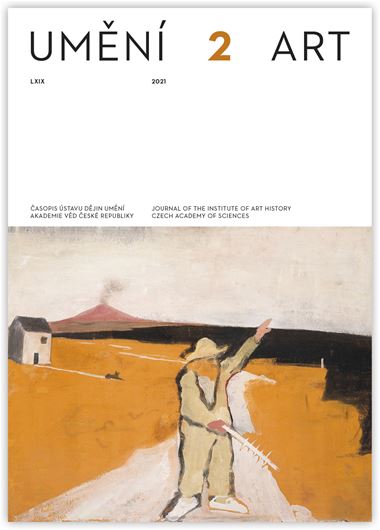Timothy O. Benson
Writing About and Exhibiting Central European Modernism in North America Then and Now
Much has changed in North America affecting the practicality of writing about and exhibiting Central European Modernism. While the perspective of centres and peripheries can still be considered as a backdrop to understanding evolving practices of transnationalism and cultural exchange, new possibilities are suggested in the current discourse. Evolved in part through nomadic Modernism— Matthew Rampley’s ‘networks of mobility of art and artists’ — the ‘Modernist Other’ of the formation ‘Eastern Europe’ was ‘being transformed into the postmodernist Other (of undulating expanse) in the 1920s (Andrzej Turowski). Chance and fragmentation in photomontage further disrupted the chain of determinism, contributing to a self-reflective discourse about time and space seen in dada, as well as in the Devětsil photocollages of Jindřich Štyrský and Karel Teige—all suggesting that we consider a more episodic historiography. In the global present, episodes of encounter involving non-European self-identifying modernist movements have prompted many useful metaphors that expose entanglements in colonial and post-colonial asymmetrical circumstances including ‘transmodernism’ (Christian Kravagna), microhistories, ‘cultural mediation’ (Piotr Piotrowski), ‘contextual modernism’ (R. Siva Kumar), microsociology (Thomas Hauschild), micro-stories, and what David Joselit calls a ‘reanimation’ of heritage, a concept similar to Rampley’s ‘critical heritage discourse’. Moreover, the much needed ‘critical museum’ hoped for by Katarzyna Murawska- Muthesius and Piotrowski appears to be in full swing across the U.S. and Canada, prompting a further shift in priorities from post-colonial to decolonization, audiences to communities, collecting to repatriation, and global to local. Curators and scholars may become entrepreneurial facilitators drawing together diverse objects and ideas in unexpected juxtapositions, not unlike Joselit’s notion of a ‘curatorial episteme’. Central European Modernism is rich in vanguard strategies that could invigorate contemporary discourses in smaller, more focused, more affordable, and ecologically sustainable exhibitions and publications.
Author's email:
tbenson@lacma.org
Full-text in the Digital Library of the Czech Academy of Sciences:
https://kramerius.lib.cas.cz/uuid/uuid:69906e0f-6683-4000-923e-200390af8871
< back

